
on Yandex.Photos
Everyone who was in Thailand met with wonderful nature, rough vegetation of this climate.
Tourist routes passing through forest paths, in my opinion, are the most interesting acquaintance with the animal and plant world. However, our little experience in this area resulted in an overnight stay in a tent camp near the river and a free morning walk along the country's first nat. Khao Yai Park, can tell you little about the richness of the forests.
To everyone who is interested in learning about Thai nature in more detail, today I want to tell you first about the types of forests.
The material is quite voluminous, so I will break it into parts.
The formation of forests is influenced by a complex combination of topography, the proximity of the seas and monsoons and seasonal rains. Even the mountains in the country are so different in appearance and composition. Everyone who was in the north and in the south of the country noticed this for sure.
The most common evergreen humid tropical (rain) forest once covered almost the entire peninsula. In such a forest, a variety of animals live especially freely.
it is also present in mountainous regions, where it dominates among the less common types of vegetation cover. First of all, this applies to those areas of Northern Thailand, where mountain ranges receive heavy rainfall brought by the southwest monsoon.
In Northern and Central Thailand, coniferous, predominantly pine forests are found in a zone located at an altitude of 2000-4000 feet. Above, pine is interspersed with oak. Plots of pure coniferous stands are quite rare, so the type of forest cover in this zone can be defined as a mixed pine-oak forest. Above 4000-5000 feet, evergreen forest again predominates.
Thailand is dominated by the humid monsoon forest formation. It is developed in those areas where the dry period is so pronounced that the vegetation is forced to adapt to seasonal droughts. Forests of this type are known with a relatively rich and relatively poor species composition, which is associated with the degree of moisture and other ecological features.
A typical monsoon forest is a tall mixed forest with a diverse species composition. In contrast to the humid tropical forest, palms, lianas and epiphytes are much less common in it. In addition, many trees shed their leaves during the winter dry season.
evergreen tropical rainforest
Tropical rainforests are most developed on the Peninsula, where they cover a vast expanse of mountains and plains. In the mountains, the forest is untouched by man, but along the streams and rivers on the plains, as well as on the coast, areas of crops are wedged into the forest. The West Coast recorded the highest rainfall in all of Thailand. Here, lush forest vegetation captures every free piece of land. However, on the plains along the East Coast, large tracts of forest have been eroded by persistent slash-and-burn farming practices, and the tropical rainforest is replaced by a savanna-like formation with dense stands of bamboo and thorn bushes.
In terms of height, layering and thickness of the vegetation cover, the forests of the Peninsula are similar to the humid tropical forests of Indonesia, the Congo and Amazon basins. All of them are equally rich in palms, vines and epiphytes. Beyond the northern region of the Peninsula, the evergreen tropical rainforest extends north as far as the westernmost spurs of the Cordillera Central, where the southwest monsoon brings abundant rainfall. With the advancement to the north, some types of vegetation gradually disappear. 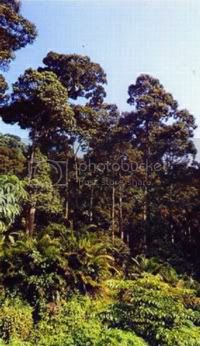
Among them, for example, is the durian (Durio zibethinus), which is not found north of 12°N. sh. However, the most important components of the rainforest are preserved.
In general, the tropical rainforests in the marginal zones of Korat differ from the forests in the Peninsula only in the predominance of trees of medium height and the presence of some deciduous species. This is also typical of the woodlands in the wet areas of Korat and in the mountains of Northern Thailand.
Representatives of the dipterocarp family predominate in the humid tropical forest.
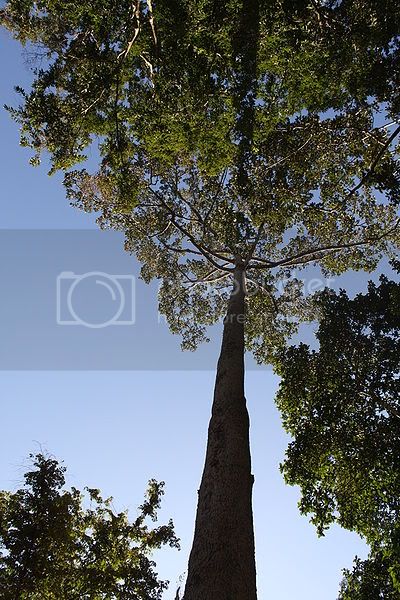
These are gigantic trees, of which the most important is the yang (winged dipterocarpus - Dipterocarpus alatus). This tree is characterized by a powerful, smooth trunk that rises 125 feet. Height of a broad crown with small leathery leaves 50 feet.
The dipterocarp family unites about 500 species of woody plants from 17 genera, and representatives of many species grow up to 40-70 meters in height, and some grow up to 80 meters. The slender trunks of these giants begin to branch strongly at high altitude, and plank-shaped roots often attach them to the soil surface. Dipterocarps grow all over the world in tropical regions where at least 1000 mm of precipitation falls: everywhere in the Indo-Malay botanical kingdom, in the tropical regions of Africa; one species found in northern South America. The center of species diversity of this family is located on the island of Borneo.
It would seem that a huge tree and the leaves and flowers should be large. But no - the size of simple regular leaves in most dipterocarps is no more than 7x4 cm, and only in some species they reach 20 cm in length and 10-15 cm in width. The leaves are usually hard, glossy - after all, in the upper tier of the forest you have to protect yourself from the cruel rays of the sun. The leaves live for about a year, then fall off and almost immediately young leaves appear on the tree. In evergreen moist forests, each tree determines for itself the time of leaf fall. But the flowering of adult trees does not occur annually, in some species once every 5-8 years. It is interesting that the flowering of most species of dipterocarps, as well as trees from other families, often occurs one after another - the tree blooms as soon as the neighboring one has faded. It is believed that such synchronization reduces the competition of tall trees for pollinators - bees, small beetles and thrips.
In most dipterocarps, the flowers are small and inconspicuous, collected in inflorescences, only in species from the genus Dipterocarpus and Vatica, pink fragrant flowers can be up to 4-5 cm in diameter. All representatives of this family from bisexual flowers with a 5-lobed calyx and corolla develop a dry indehiscent fruit - a one-seeded nut. The two wing-shaped lobes of the calyx grow in length (in some species - three or even five) - and now the winged fruit is ready to fly down. In a dense tropical forest, they cannot fly far: as a rule, the seed scattering radius is 30-40 meters, even with storm winds no more than 100 meters. As soon as the seeds hit the ground, they immediately germinate, take root, and in the lower tier of the forest, where so little sunlight penetrates, they will wait a long time for a happy opportunity to break out into the high tiers.
Tall, straight-stemmed dipterocarp trees have been mercilessly cut and exported from Asian countries for many decades, including trees from the genus Shorey. In some countries, the sale of wood abroad is a significant share of exports. As a result, out of 196 species of Shoreya, 148 are included in the Red List of the World Conservation Union. In addition to wood, which is used for furniture, buildings and plywood, some types of dipterocarps provide valuable resins - they are used for the production of varnishes, camphor, and for medical purposes.
Young is especially valuable for its resin and marketable timber.
Guryun balsam oil (Dipterocarpus Alatus Oil)
an essential oil obtained by steam distillation from the fruits of the dipterocarpus or winged dipterocarpus (Dipterocarpus alatus) trees of the dipterocarp family, growing in Indonesia and Vietnam. Yellow viscous liquid with a woody odor. In perfumery, the oil is subjected to rectification, and the resulting product is used in soap fragrances and as a diluent for expensive essential oils. The composition of the oil includes sesquiterpene hydrocarbons: a-, (3-gurunenes (in large quantities), as well as y-gurunene, caryophyllene.
Resins and balsams are also extracted from other species (for example, the circular bi-winged-D, turbinatus and D. intricatus), which have valuable wood.
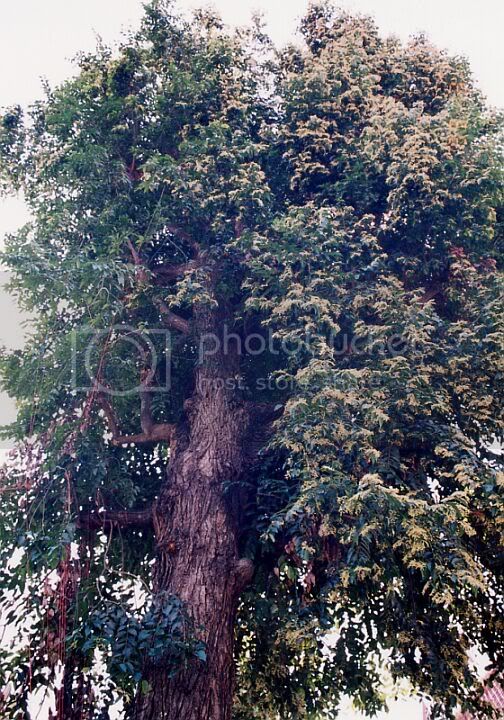
Another representative of this unusual vegetation is takyan (hopea fragrant - Hopea odorata), whose wood is valued for its unusual resistance to decay and serves as an excellent material for railway sleepers and ships. A highly valuable resin, dammar, is also extracted from this tree, which is used in the production of varnishes. The height of the takyan reaches 175 feet or more.
Another tall tree, "takyan chan" (Balanocarpus Heimii), is found in the extreme south of the Peninsula.
In addition, various species of the following genera are represented:
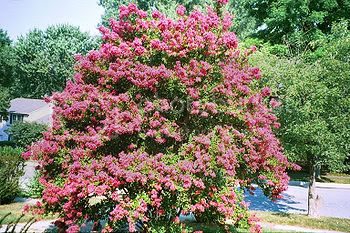
Polyalthia, Lager stroemia 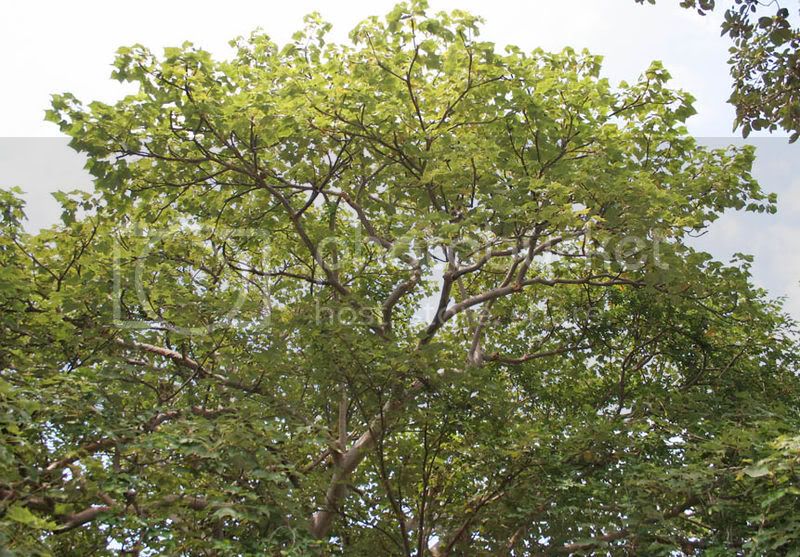
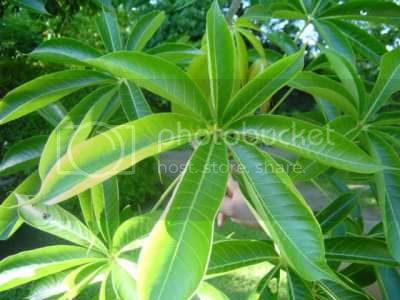
sterculia, 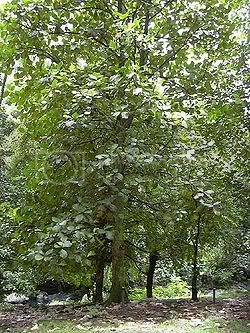
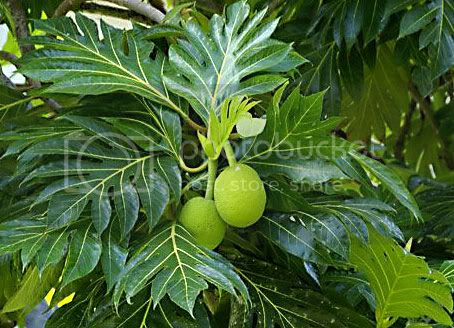
artocarpus, 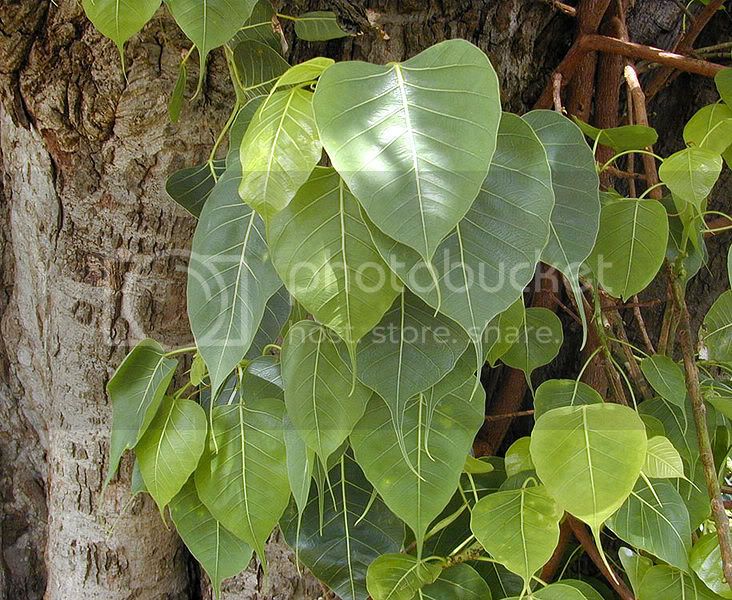
Ficus - and many others. 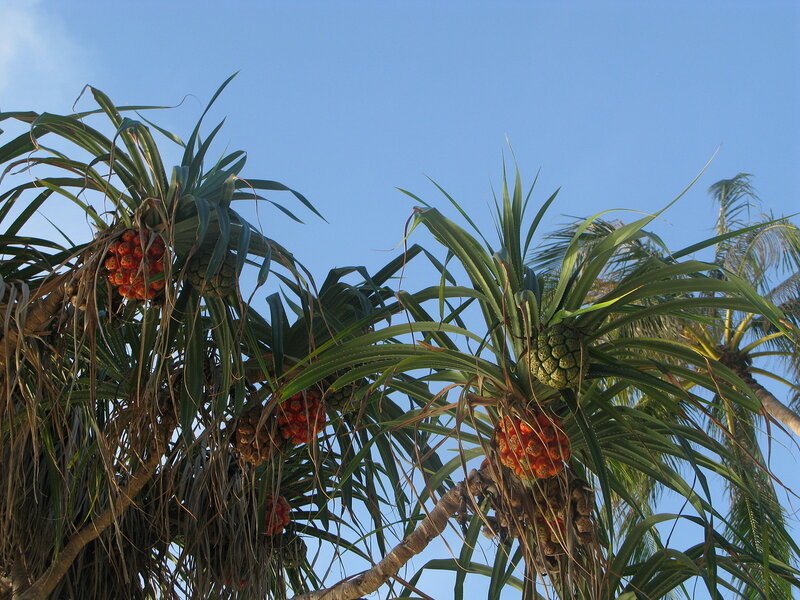
on Yandex.Photos
The swampy areas are overgrown with pandanus. 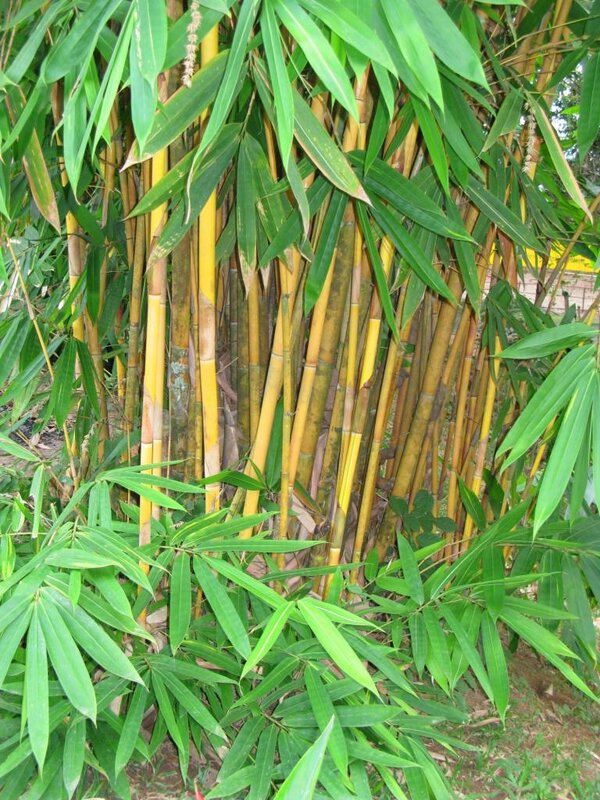
on Yandex.Photos
Bamboo is rare in overmature rainforest; its species are widely represented in more illuminated areas of the forest undergrowth, especially "mai-hawk"
(Dendrocalamus brandisii), "mai-hya" (Cepha-lostachyum virgatum) and "mai-rai-croix" (Dinochloa maclellandii).
Extensive thickets of "mai-pai-pa" (reed-like bamboo - Bambusa arundinaceae) are magnificent.
BAMBOO CANE (Silica crystals in the internodes of young shoots, bark, root and flowers)
Sanskrit name: Vanshalochan
Properties - antioxidant, has a positive effect on vascular tone, improves microcirculation of substances, prevents carcinogenesis, has antibacterial, hepatoprotective, tonic properties. It is one of the richest natural sources of silicic acid. Due to this, bamboo prevents the formation of stones in the gallbladder and kidneys. It is also used as a bronchodilator and expectorant, eliminates inflammation in the respiratory system, strengthens and rejuvenates the lungs.
This type of bamboo, which grows mainly along the banks of rivers, is used especially widely. 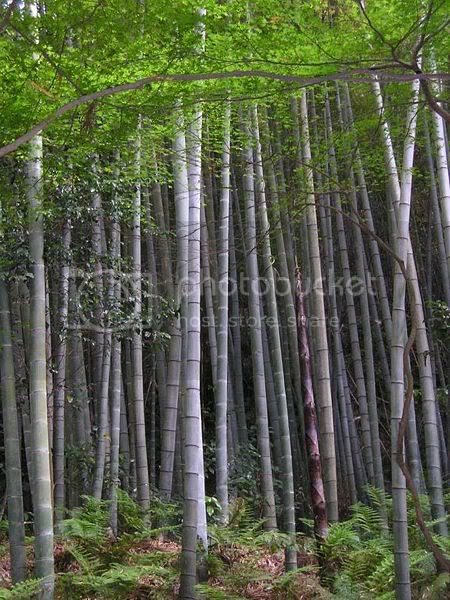
And finally, we must mention the king of bamboos - Hamilton's Dendrocalamus (Dendrocalamus hamiltonii), reaching a height of 75 feet. Its stem can be 3.5 feet in circumference and is used as vessels for storing drinking water. 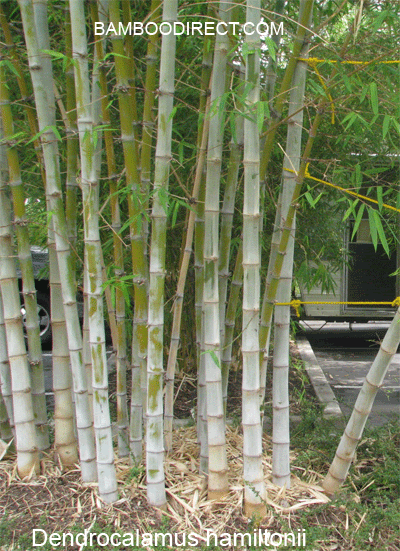
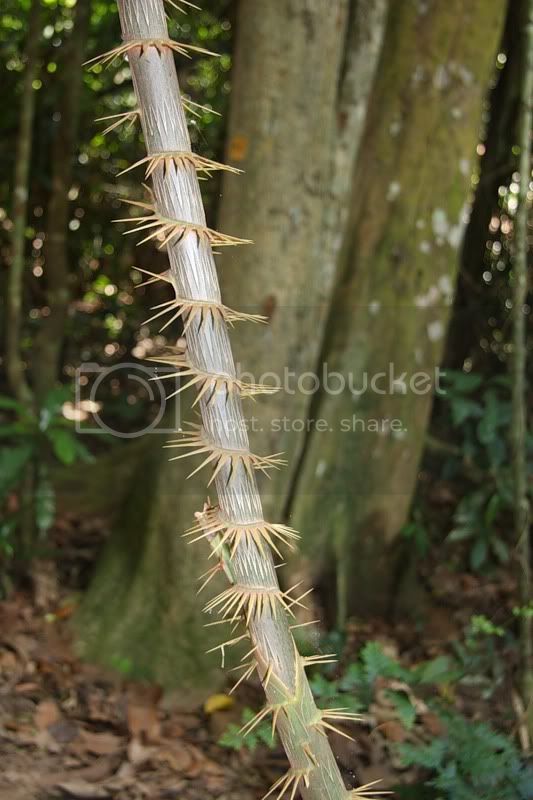
Numerous types of rattans - climbing thorny palms - play an important role in the peasant economy. The number of rattan species is still not well understood. In any case, three of the most important types of rattan grow on the Peninsula - wai chumion, wai kanun and wai hom. Rattan is heavily cut down and widely used for various building needs.
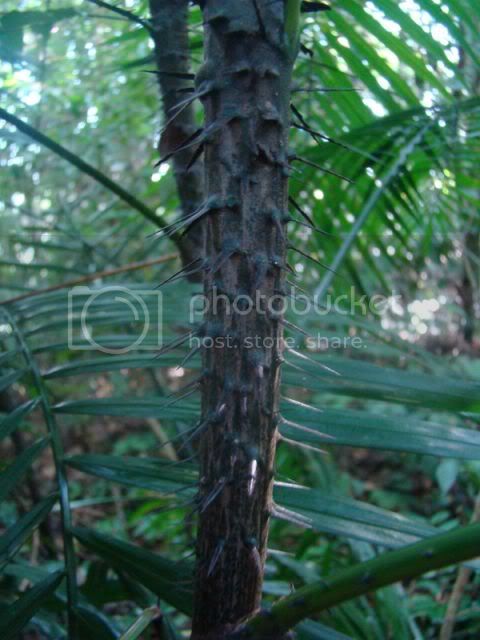
The composition of the tropical tall forest also includes various fruit trees. 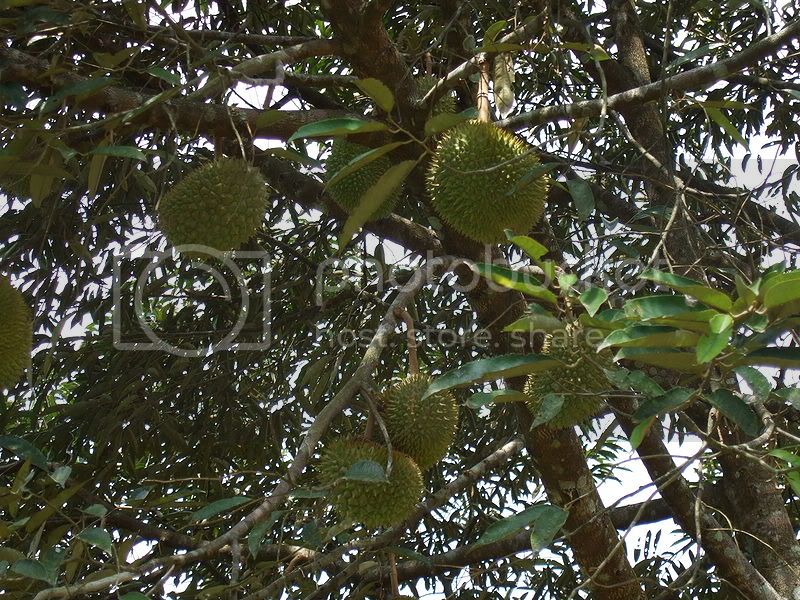
This is primarily durian (Durio zibethimus), which is an important part of the diet of many farmers. Durian also occupies a leading place in the nutrition of forest tribes. Farmers cultivate it as a fruit crop. The durian tree is quite beautiful, growing up to 75 feet tall and having oblong, narrow leaves that are silvery green on top and reddish brown on the underside. Small green-yellow durian inflorescences are located directly on the trunk or on large branches. The fruit, the size of a human head, is closely studded with pyramidal thorns. It is protected by a thick skin and consists of five nests, or carpels, filled with a delicious creamy mass. (You can also add that the peel has an extremely unpleasant odor.)
In mountain forests there is a tree "ipoh" or "upas" (Strychnos ovatifolior), from which the forest tribes extract the strongest poison for their arrows. 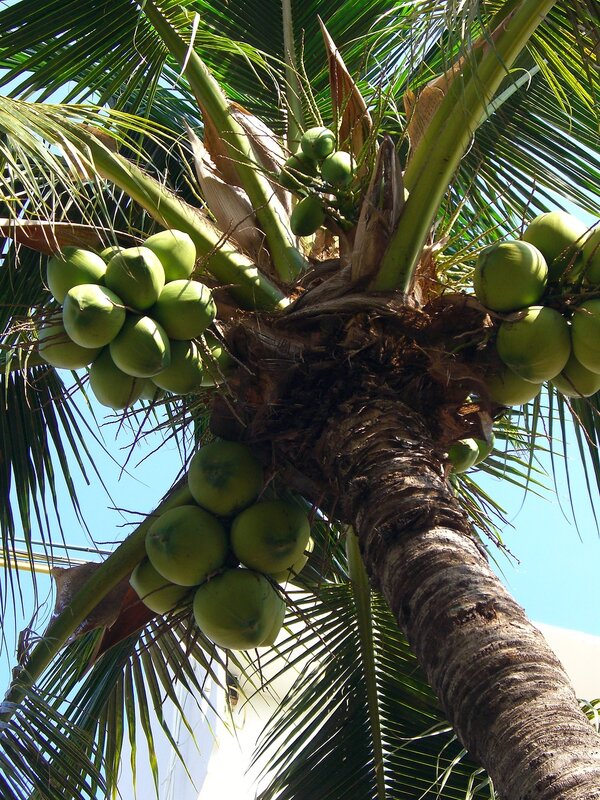
The vast variety of plant forms and the vast number of plants in tropical rainforests are very clear evidence of the boundless abundance of tropical nature. Narrow paths barely cut through the dark green wall of vegetation. Everything is directed upwards - grasses, bushes, young trees with cone-shaped trunks. The trunks of huge trees are cramped in the thick of the forest. They are humiliated by climbing and climbing plants, which, crawling from tree to tree, form endless garlands hanging in festoons. 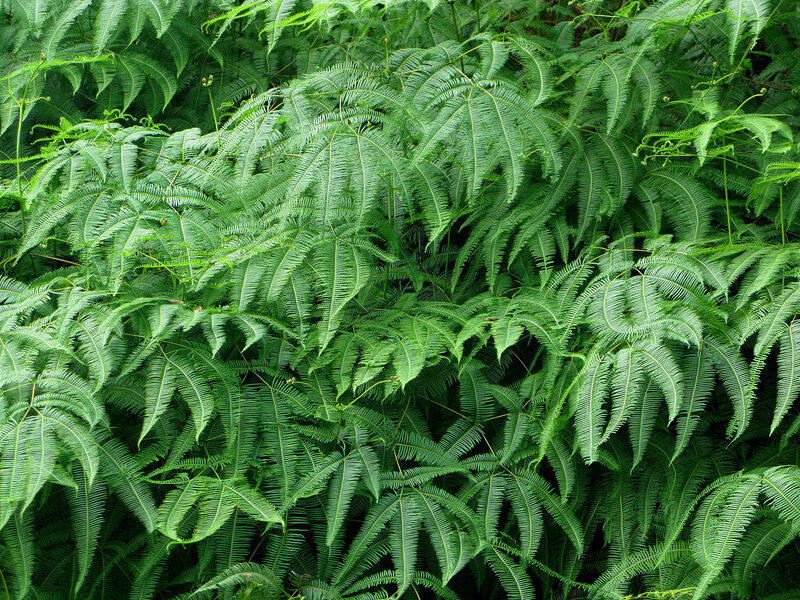
The trees are overgrown with ferns, rooted in numerous cracks and depressions in the bark. Along the bank of the stream, open to the rays of the sun, a solid wall of greenery rises. Here everything is drawn to the light. A rocky steep cliff with a bare rocky surface, rising in the very depths of the forest, is covered with slippery moss or thickets of undersized bamboo. Thickets of bamboo and bushy pandanus with intertwining roots are crowded in the forest swamp. There seems to be no end to the diversity of rainforest forms.
Plants fight for a place under the sun, because light is the source of life. The sky is completely hidden by powerful, densely closed crowns of trees. The dazzling rays of the sun penetrate only through occasional gaps in the solid green canopy. Millions of sunbeams are reflected from the sparkling surface of the leaves of the trees that enclose the forest paths with a wall. All this abundance of luxurious plants emits a stupefying aroma. The air in the forest is humid, like in a greenhouse.
I sincerely wish you a deeper acquaintance with the rich nature of Thailand. Improvise and if there is such an opportunity to walk through the wet forest on your own, or better with a guide,
be sure to use it.
Thank you for the detailed and scientifically based information about the forests of Thailand
site
http://www.exotravel.ru/
from where she herself learned a lot for herself, digested, supplemented with photographs and told and showed you.
